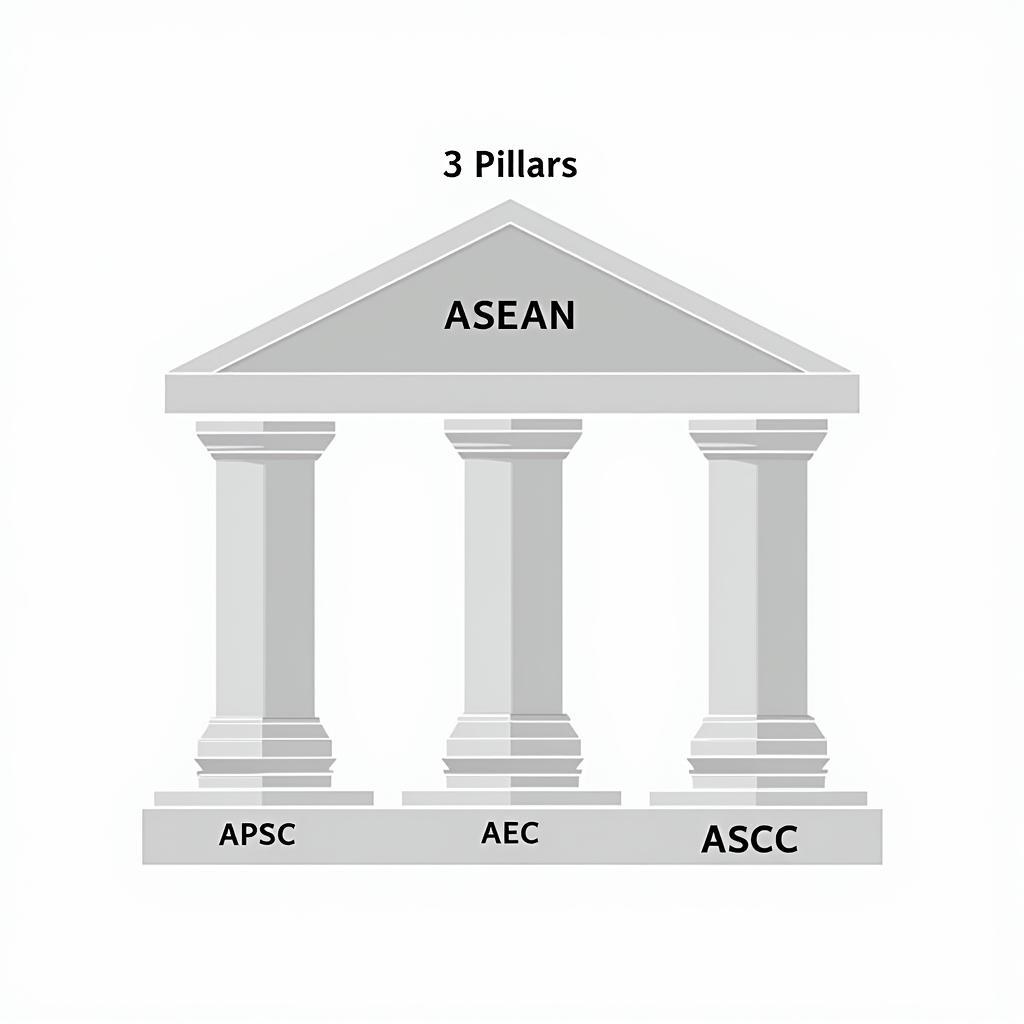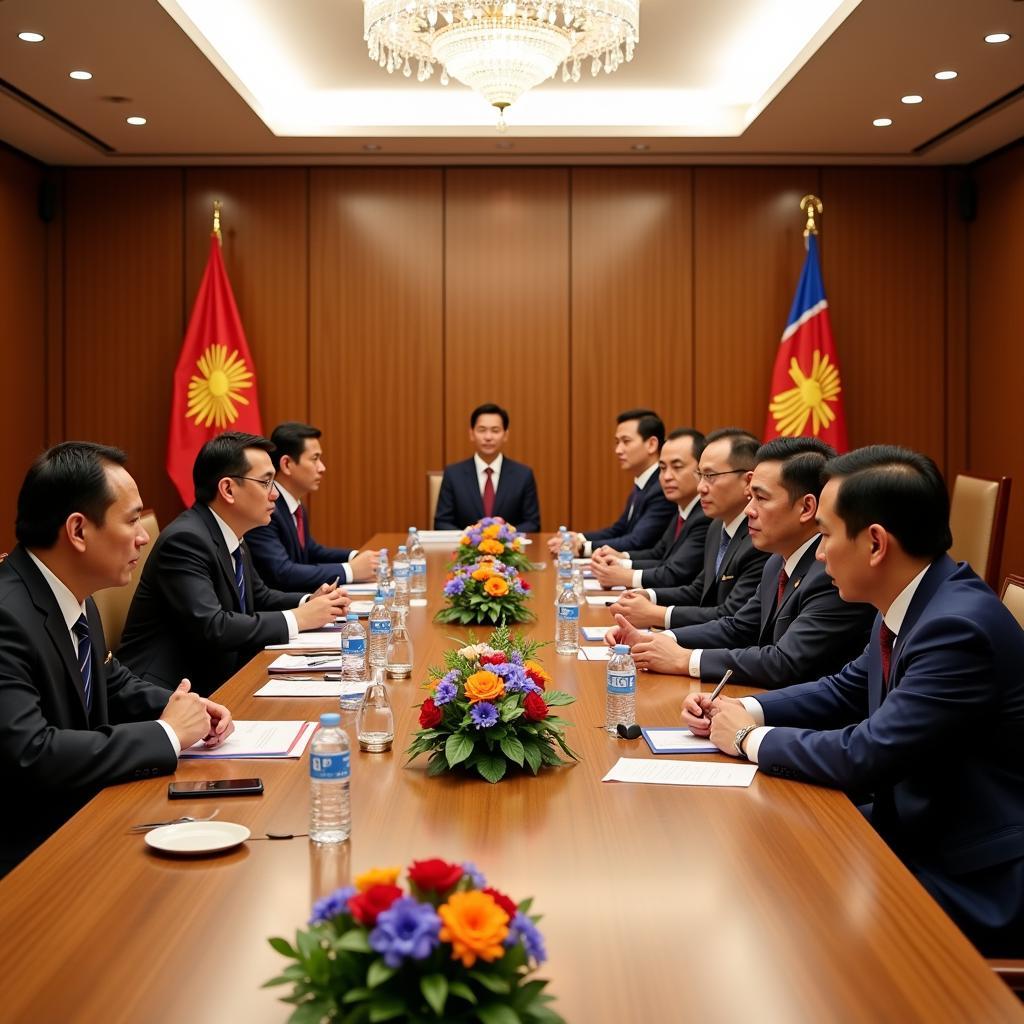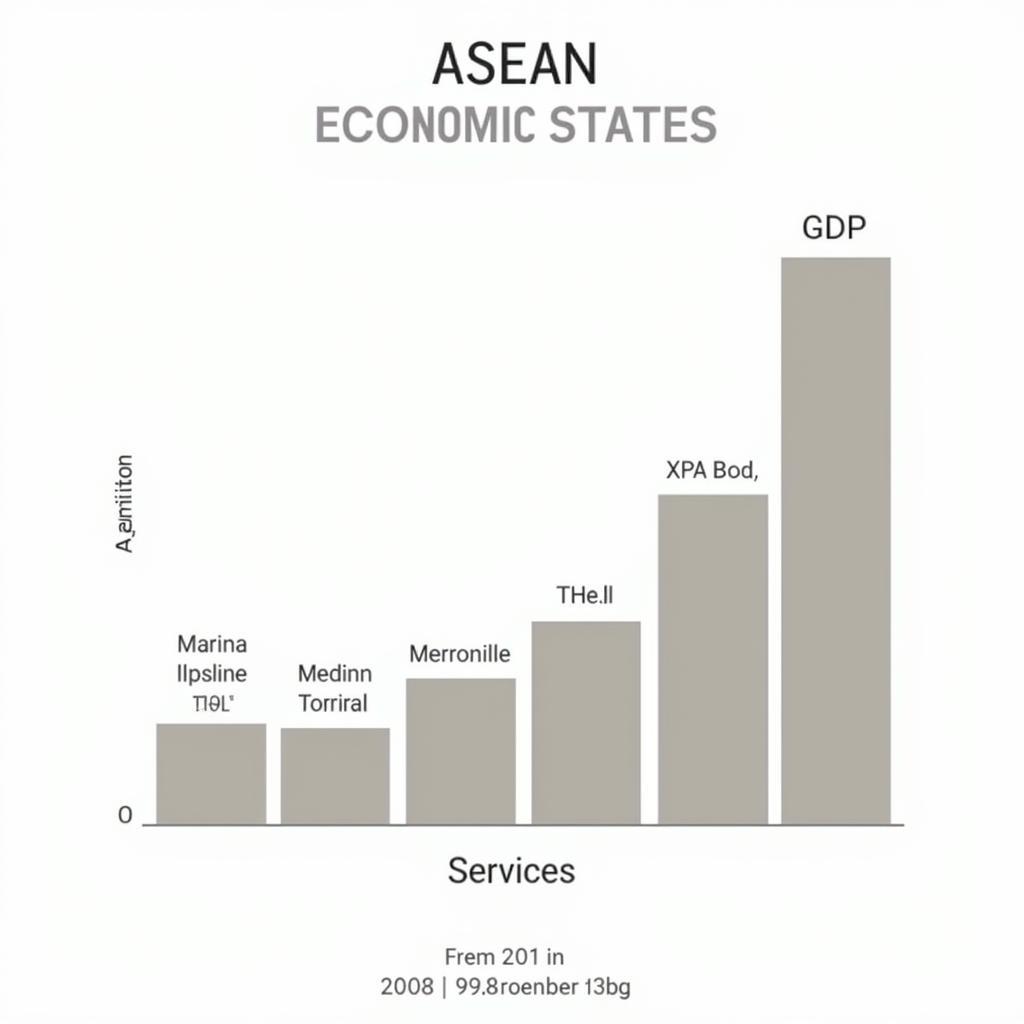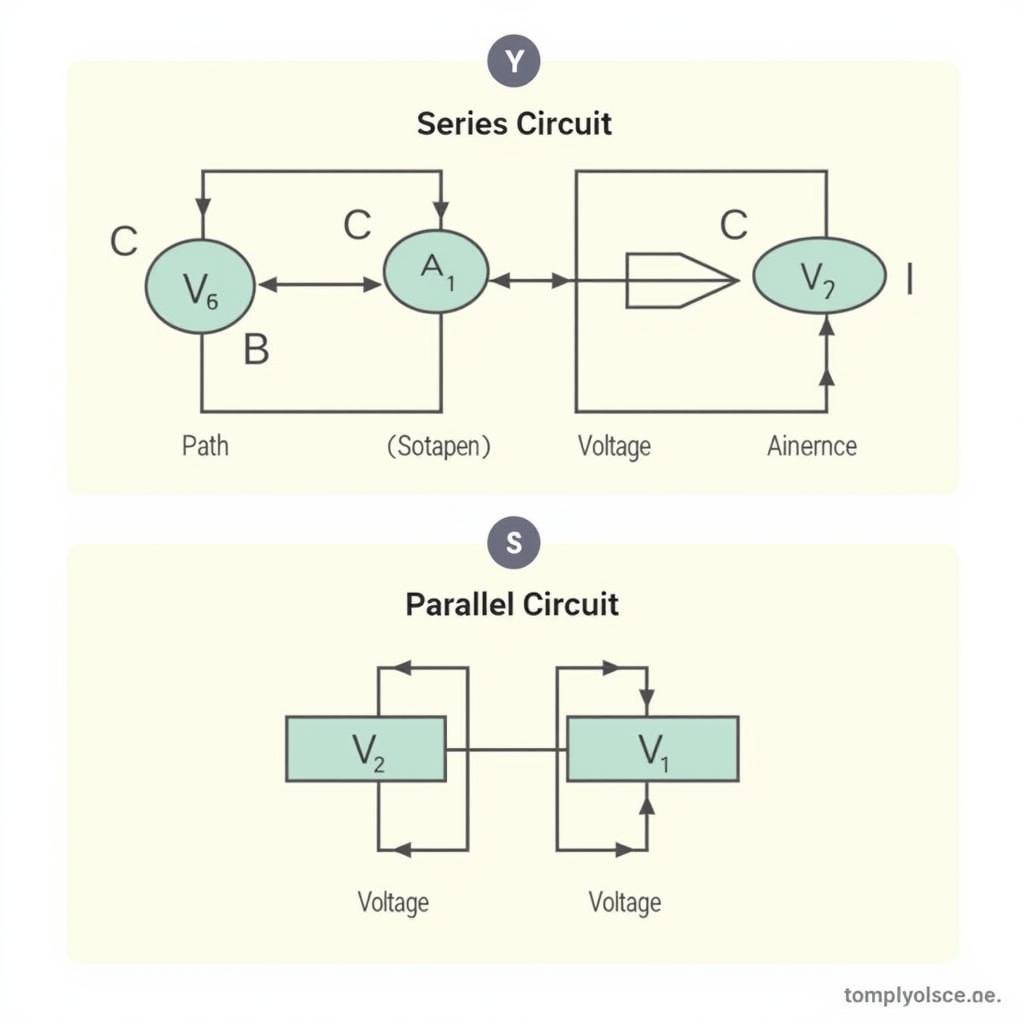The Association of Southeast Asian Nations (ASEAN) is a regional intergovernmental organization that promotes political, economic, and socio-cultural cooperation among its ten member states. Central to its vision of an integrated, peaceful, and prosperous region are the “Asean 3 Pillars”. This framework, established in 1997, provides the roadmap for achieving ASEAN’s shared goals and aspirations.
Delving into the ASEAN 3 Pillars
The ASEAN 3 pillars represent the three main areas of cooperation within the organization:
-
ASEAN Political-Security Community (APSC): This pillar focuses on promoting peace, stability, and security in the region. It aims to enhance cooperation in areas such as conflict prevention, counter-terrorism, transnational crime, and maritime security. The APSC also works towards strengthening democratic institutions, good governance, and the rule of law.
-
ASEAN Economic Community (AEC): The AEC seeks to establish ASEAN as a single market and production base, characterized by free flow of goods, services, investment, and skilled labor. It aims to enhance ASEAN’s competitiveness, promote economic integration, and reduce poverty and socio-economic disparities among member states. Key initiatives include trade facilitation, investment liberalization, and infrastructure development.
-
ASEAN Socio-Cultural Community (ASCC): This pillar recognizes the importance of social and cultural cooperation in fostering a sense of community and shared identity among ASEAN people. The ASCC aims to promote human development, social justice, environmental protection, and cultural exchange. Key areas of focus include education, health, social welfare, and cultural heritage preservation.
 ASEAN 3 Pillars Diagram
ASEAN 3 Pillars Diagram
The Significance of the 3 Pillars
The ASEAN 3 pillars are not mutually exclusive but rather interconnected and mutually reinforcing. They reflect a holistic approach to regional cooperation, recognizing that progress in one area can positively impact others. For instance, a peaceful and stable region provides a conducive environment for economic growth and development. Similarly, economic prosperity can contribute to social progress and reduce poverty, further enhancing stability and security.
The 3 pillars framework has been instrumental in guiding ASEAN’s progress over the years. It has facilitated deeper cooperation among member states, leading to significant achievements in various fields, including trade, investment, connectivity, education, and cultural exchange.
Challenges and Future Directions
Despite its successes, the ASEAN 3 pillars framework also faces challenges. These include disparities in development levels among member states, non-tariff barriers to trade, and the need for stronger mechanisms for implementation and monitoring. Furthermore, emerging issues such as climate change, cybersecurity threats, and pandemics require a coordinated regional response.
ASEAN continues to adapt its 3 pillars framework to address these evolving challenges. It has adopted a number of blueprints and plans to guide its future work, such as the APSC Blueprint 2025, the AEC Blueprint 2025, and the ASCC Blueprint 2025. These blueprints outline concrete actions and initiatives to deepen integration, enhance competitiveness, and promote sustainable development.
 ASEAN Summit Meeting
ASEAN Summit Meeting
Conclusion
The ASEAN 3 pillars framework is the cornerstone of ASEAN’s vision for a peaceful, prosperous, and people-oriented region. By strengthening cooperation in the political-security, economic, and socio-cultural spheres, ASEAN aims to enhance regional integration, promote sustainable development, and improve the lives of its people.
While challenges remain, ASEAN’s commitment to the 3 pillars framework provides a solid foundation for navigating the complexities of the 21st century and achieving its shared goals. As ASEAN continues to evolve, its 3 pillars will remain crucial in shaping its future and ensuring a brighter future for all its member states.
Need support? Contact us:
Phone: 0369020373
Email: [email protected]
Address: Thon Ngoc Lien, Hiep Hoa, Bac Giang, Vietnam
Our customer support team is available 24/7 to assist you.

